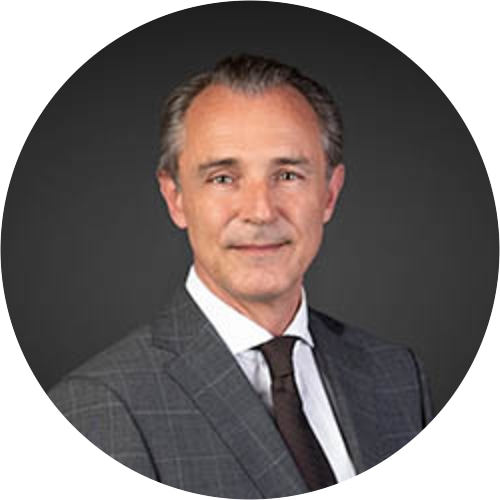
Moving your pension when changing jobs: an opportunity for tax optimization
Updated on 01.06.2025 CEST
Published on 11.03.2024 CET
Changing jobs is a major life event. Regardless of whether you’re joining a new employer voluntarily or involuntarily, or whether you just want to take a time-out: In such a situation, you can set the course for possible tax savings further down the line.
Our tip: Split your pension assets when changing jobs if you have surplus capital
When you change jobs, the law stipulates that you should transfer your existing retirement capital to the new pension fund. However, there are exceptions to this rule—for example, if your workload or salary is significantly reduced. In this case, you should consider whether any surplus capital can be transferred to one or two vested benefits foundations of your choice.
If you are taking a time-out, we recommend that you split the termination benefit from your pension fund between two vested benefits foundations. On the one hand, this increases your flexibility in terms of withdrawals, and, on the other, you can withdraw your pension capital on a staggered basis at a later time and (under certain circumstances) reduce your tax liability.
How to split your pension capital
Case study of a time-out or a job change with surplus capital
- First, it’s important that you act promptly in order to ensure that the process works in your favor.
- As a rule, your old employer will send you a leaving form asking you where you would like to have your pension fund capital transferred to. If you are taking a time-out from work, you would normally specify a vested benefits foundation where your retirement capital will be deposited. Your old employer would then transfer all your pension fund capital to a vested benefits foundation.
- If you take a time-out, it will benefit you to list two vested benefits foundations on the leaving form to increase your flexibility when making decisions later on.
- If you are changing jobs without interruption, you generally transfer your entire pension capital to your new employer’s pension fund. However, if your new annual is substantially lower, it is worth checking whether you need to transfer your entire retirement capital to the new pension fund.
- Should your salary or workload be significantly reduced, or should you be making significantly lower savings contributions to your new pension fund, it may make sense to leave the excess capital as vested benefits and only transfer one of the two parts of your assets.
- This means that you will be more flexible when it comes to withdrawals and reduce your tax liability. However, the detailed implementation of this process should always be consulted with an expert.
Sample calculation
Mr. and Mrs. Smith live in the city of Zurich. Mrs. Smith has saved up pension fund assets of CHF 1.5 million over the years and is leaving gainful employment at the age of 57. If she has this total amount paid out after retirement, she will have to pay high capital gains tax accordingly.
However, if Mrs. Smith splits her pension fund into two vested benefits foundations when she stops working, she can withdraw CHF 750,000 in two different tax periods, one after the other. This will reduce her tax burden in the Canton of Zurich. By optimizing her assets in this way, she can save around CHF 40,000 in capital gains tax, which is around three percent of her total pension assets.
| Usual process | One-off payment on retirement | > | Tax amount of CH X | ||
| Our Tip | Partial payout 1 | Partial payout 2 | > | X – 40.000 | |
Illustration: Schematic representation of possible tax savings in the city of Zurich (without taking individual circumstances into account). Calculated using the example of a married couple of the “Protestant Reformed” denomination for partial payouts from 2025 onward.
Would you like to optimize your pension fund?
Are you about to change jobs or do you any have further questions about your pension fund? We will be happy to help you and provide guidance for your personal situation. Arrange a no-obligation initial consultation now.
Updated on 01.06.2025 CEST
Published on 11.03.2024 CET
ABOUT THE AUTHORS
 Show more articles
Show more articlesAlexander Spillmann
Senior Pension Solutions Specialist